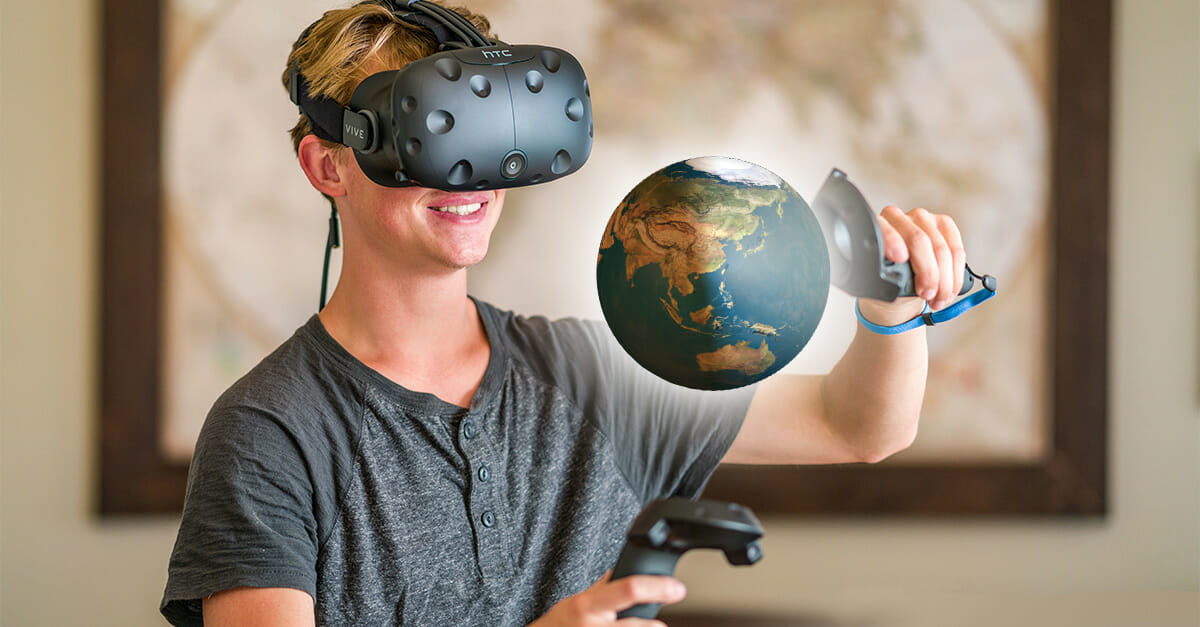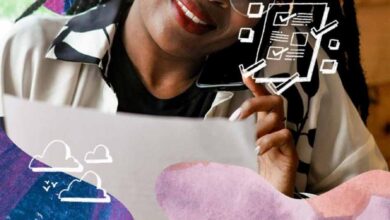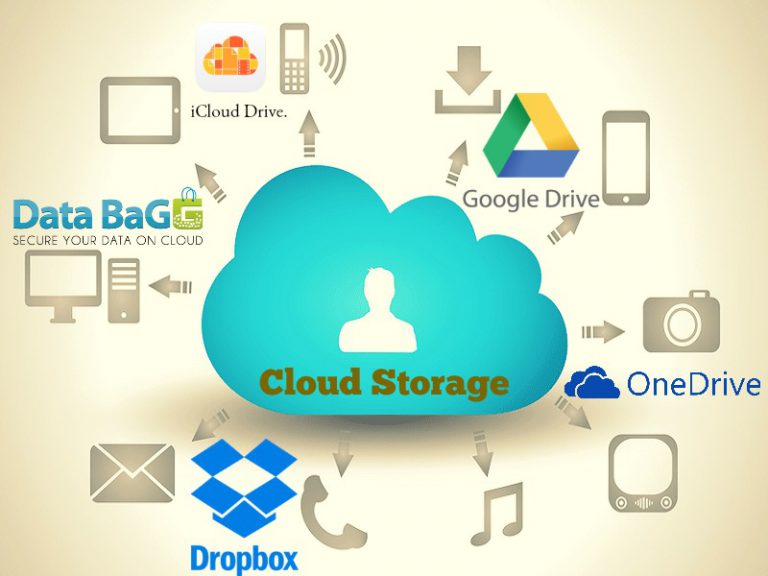Virtual Reality In Education
Kicking off with Virtual reality in education, this transformative technology opens up a world of possibilities in the realm of learning. From virtual field trips to skill development, the impact of virtual reality is truly revolutionary in educational settings.
Introduction to Virtual Reality in Education

Virtual reality (VR) in education refers to the use of immersive technology to create simulated environments that enhance the learning experience. By putting on a VR headset, students can be transported to different locations, time periods, or scenarios that would otherwise be impossible in a traditional classroom setting.
Using virtual reality in educational settings has numerous benefits. It helps improve student engagement by making learning more interactive and fun. It also allows for experiential learning, where students can actively participate in simulations to better understand complex concepts. Additionally, VR can cater to different learning styles and provide personalized learning experiences.
Examples of Virtual Reality Applications in Different Educational Levels
- Elementary School: In elementary schools, VR can be used to take students on virtual field trips to historical landmarks, outer space, or even inside the human body for biology lessons.
- Middle School: Middle school students can benefit from VR simulations for science experiments, history reenactments, or language immersion exercises.
- High School: In high schools, virtual reality can be used for career exploration, virtual internships, or advanced science labs that require specialized equipment.
- Higher Education: In colleges and universities, VR can enhance medical training, architectural design, engineering simulations, and more.
How Virtual Reality Enhances Learning Experiences
Virtual reality enhances learning experiences by providing a more immersive and engaging way to learn. Students can interact with the content, manipulate objects, and explore virtual environments in a hands-on manner.
VR also helps improve retention rates as students are more likely to remember information that they have experienced firsthand in a virtual setting.
Furthermore, virtual reality can bridge the gap between theory and practice, allowing students to apply their knowledge in realistic scenarios and simulations.
Implementation of Virtual Reality in the Classroom

Virtual reality offers a unique opportunity to enhance traditional teaching methods by providing immersive and interactive learning experiences for students. By integrating virtual reality into the classroom, educators can create engaging lessons that cater to different learning styles and capture the attention of students in a way that traditional methods may not.
Virtual Reality Tools and Resources for Educators, Virtual reality in education
- Google Expeditions: A virtual reality app that allows teachers to take students on virtual field trips to locations around the world.
- ClassVR: Provides a platform for teachers to create their own virtual reality content and tailor lessons to meet specific learning objectives.
- Alchemy VR: Offers educational virtual reality experiences that cover a range of topics from science to history.
Challenges of Implementing Virtual Reality in the Classroom
- Cost: Virtual reality equipment can be expensive, making it difficult for schools with limited budgets to implement.
- Training: Teachers may require training to effectively integrate virtual reality into their lessons and ensure that students are using the technology safely.
- Technical Issues: Connectivity issues or software glitches can disrupt the learning experience and require troubleshooting.
Role of Teachers in Utilizing Virtual Reality for Teaching
- Curriculum Integration: Teachers need to align virtual reality experiences with the curriculum to ensure that they enhance learning outcomes.
- Facilitation: Educators play a crucial role in guiding students through virtual reality experiences, providing context and facilitating discussions.
- Assessment: Teachers need to develop methods for assessing student learning in virtual reality environments and providing feedback.
Enhancing Student Engagement through Virtual Reality
Virtual reality has the potential to revolutionize student engagement by providing immersive and interactive experiences that captivate learners’ attention and stimulate their curiosity. By transporting students to virtual environments that mimic real-world scenarios or historical events, virtual reality can make learning more engaging and memorable.
Interactive Virtual Reality Experiences for Students
- Virtual field trips to historical sites or natural wonders, allowing students to explore places they may not have the opportunity to visit in person.
- Simulations of scientific experiments or complex concepts, giving students a hands-on experience that enhances their understanding.
- Language learning through virtual conversations with native speakers, providing a realistic and immersive environment for practice.
Impact of Virtual Reality on Student Participation and Learning Outcomes
Virtual reality has been shown to increase student participation by making learning more interactive and engaging. When students are actively involved in virtual experiences, they are more likely to retain information and apply it in real-world situations. This can lead to improved learning outcomes and a deeper understanding of the subject matter.
Virtual Reality Catering to Diverse Learning Styles
- Visual learners can benefit from the immersive visuals and 3D environments provided by virtual reality, enhancing their understanding of complex concepts.
- Auditory learners can engage with virtual reality through interactive audio cues and simulations, catering to their preferred learning style.
- Kinesthetic learners can benefit from hands-on virtual experiences that allow them to interact with objects and environments, making learning more tangible and engaging.
Virtual Reality for Skill Development

Virtual reality offers a unique opportunity to enhance skill development by providing immersive and interactive learning experiences. By simulating real-world scenarios, VR can help students practice and refine their skills in a safe and controlled environment.
Examples of Virtual Reality for Hands-On Training
- In medical education, students can perform virtual surgeries to practice their surgical techniques.
- In engineering courses, students can work on virtual prototypes to understand the design process better.
- In language learning, students can engage in virtual conversations to improve their communication skills.
Effectiveness of Virtual Reality Simulations for Skill Development
Virtual reality simulations have been shown to significantly improve learning outcomes by allowing students to learn through experience. The hands-on nature of VR experiences enhances retention and understanding of complex concepts, making it a valuable tool for skill development.
Virtual Reality Bridging the Gap between Theory and Practice
Virtual reality can bridge the gap between theory and practice by providing students with the opportunity to apply theoretical knowledge in realistic scenarios. This hands-on approach helps students connect abstract concepts with real-world applications, leading to a deeper understanding of the subject matter.
Virtual Field Trips and Immersive Learning
Virtual field trips using virtual reality technology allow students to explore and experience different locations and environments without leaving the classroom. By using VR headsets, students can be transported to historical landmarks, natural wonders, or even outer space, providing a fully immersive learning experience.
Examples of Virtual Reality Applications for Creating Immersive Learning Experiences
- Exploring Ancient Rome in 3D to understand the architecture and culture of the time period.
- Diving into the Great Barrier Reef to study marine life and ecosystems up close.
- Visiting the International Space Station to learn about life in space and the challenges astronauts face.
Advantages of Virtual Field Trips over Traditional Field Trips
- Cost-effective: Virtual field trips eliminate the need for transportation, accommodation, and other expenses associated with traditional field trips.
- Safety: Students can explore dangerous or inaccessible locations in a safe and controlled environment.
- Flexibility: Virtual field trips can be taken at any time, allowing for greater flexibility in scheduling and planning.
Exploring the Potential of Virtual Reality in Bringing Inaccessible Locations to Students
Virtual reality technology has the potential to bring inaccessible locations, such as remote rainforests, underwater ecosystems, or even historical sites that are off-limits to the public, directly to students in the classroom. This opens up a world of learning opportunities that were previously out of reach, providing a truly immersive and engaging educational experience for students of all ages.
FAQ Section: Virtual Reality In Education
How can virtual reality enhance student engagement?
Virtual reality can increase student motivation and engagement by providing immersive and interactive learning experiences that cater to different learning styles.
What are some challenges of implementing virtual reality in the classroom?
Challenges include the cost of VR equipment, training teachers to use the technology effectively, and ensuring that VR content aligns with educational objectives.
How does virtual reality bridge the gap between theory and practice?
Virtual reality simulations allow students to apply theoretical knowledge in practical scenarios, helping them understand complex concepts in a hands-on way.






